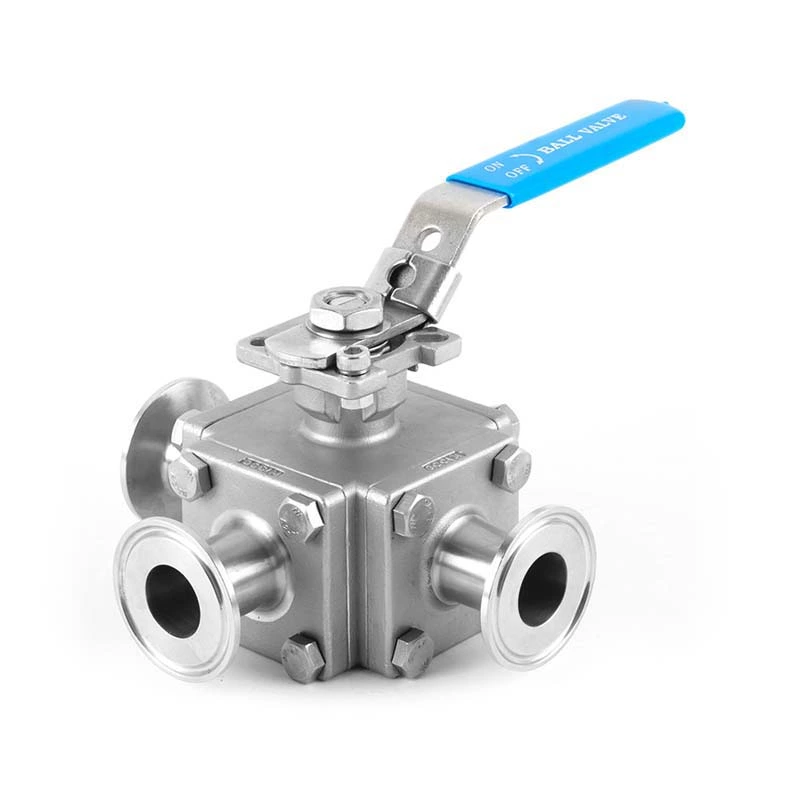Sanitary Valve Maintenance Procedures
1. Monitoring and Cleaning
During normal use, Sanitary Valve require frequent monitoring, inspection, and cleaning. Users should regularly inspect and clean valves to ensure a clean and hygienic production environment. During cleaning, use a cleaning agent or disinfectant to prevent airborne dust, impurities, and foreign matter from entering the pipeline. Lubricate valve components as required.
2. Exposure to Chemicals
Sanitary valves frequently come into contact with high-temperature, high-pressure chemicals or chemicals, making them susceptible to corrosion, cracking, and deformation during use. Therefore, regular inspection and maintenance are necessary to ensure the valves are free of defects before use and to prevent accidents during production.
3. Storage
Sanitary valves must be properly stored to avoid exposure to air, which can cause deformation and corrosion. During storage, they must be protected from moisture and dust, and documentation, operating instructions, and protective materials must be properly preserved.
4. Back-Pressure System Maintenance
The back-pressure system of a sanitary valve is crucial for preventing the backflow of fluids or gases in the pipeline. Therefore, regular maintenance of the back-pressure system is necessary according to the operating instructions. Checking its proper operation and ensuring timely detection and resolution of any faults are essential.
Summary
Sanitary valves are crucial for ensuring production safety and quality in industries such as food, beverages, and pharmaceuticals. When operating and maintaining sanitary valves, it's crucial to adhere to operating procedures and maintenance protocols to ensure proper valve operation, production safety, and quality. Finally, the key to operating and maintaining sanitary valves can be summarized in four key words: cleanliness, proper handling, leak prevention, and proper application.
